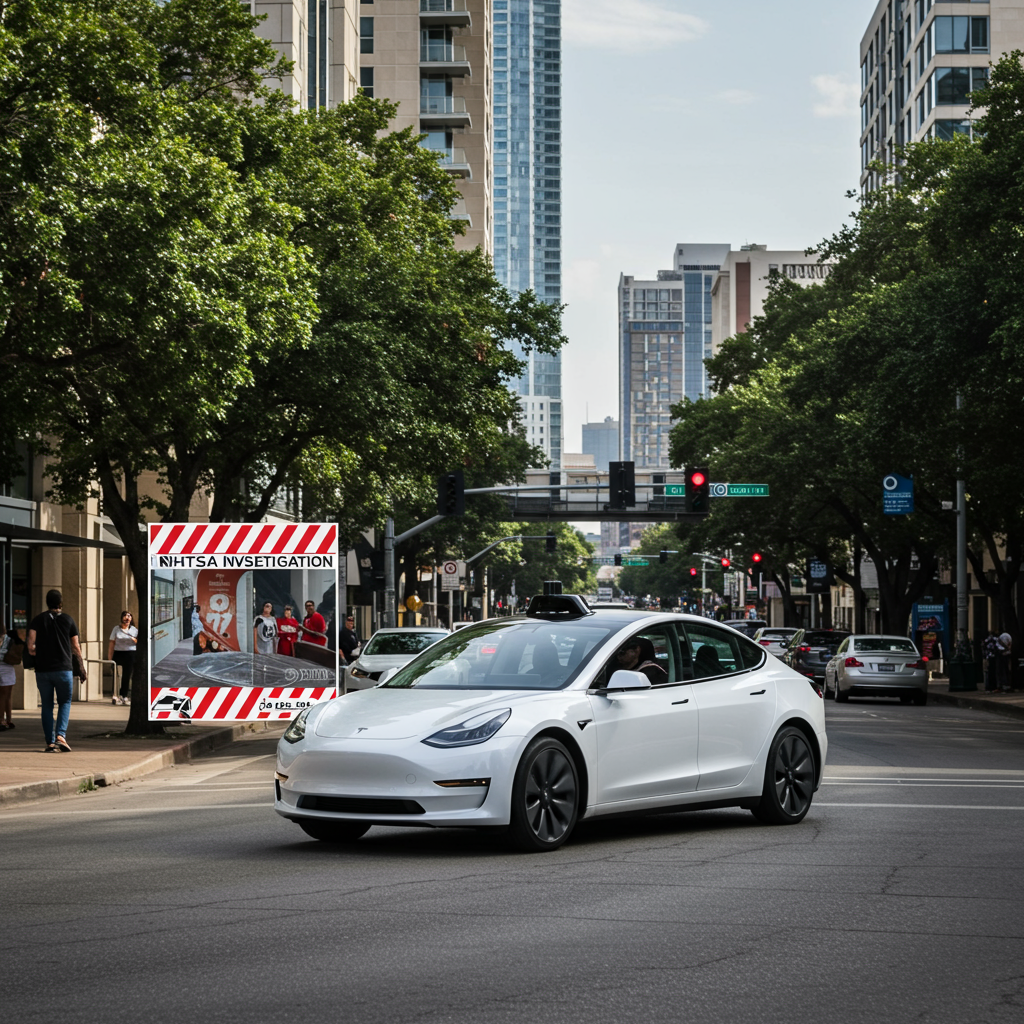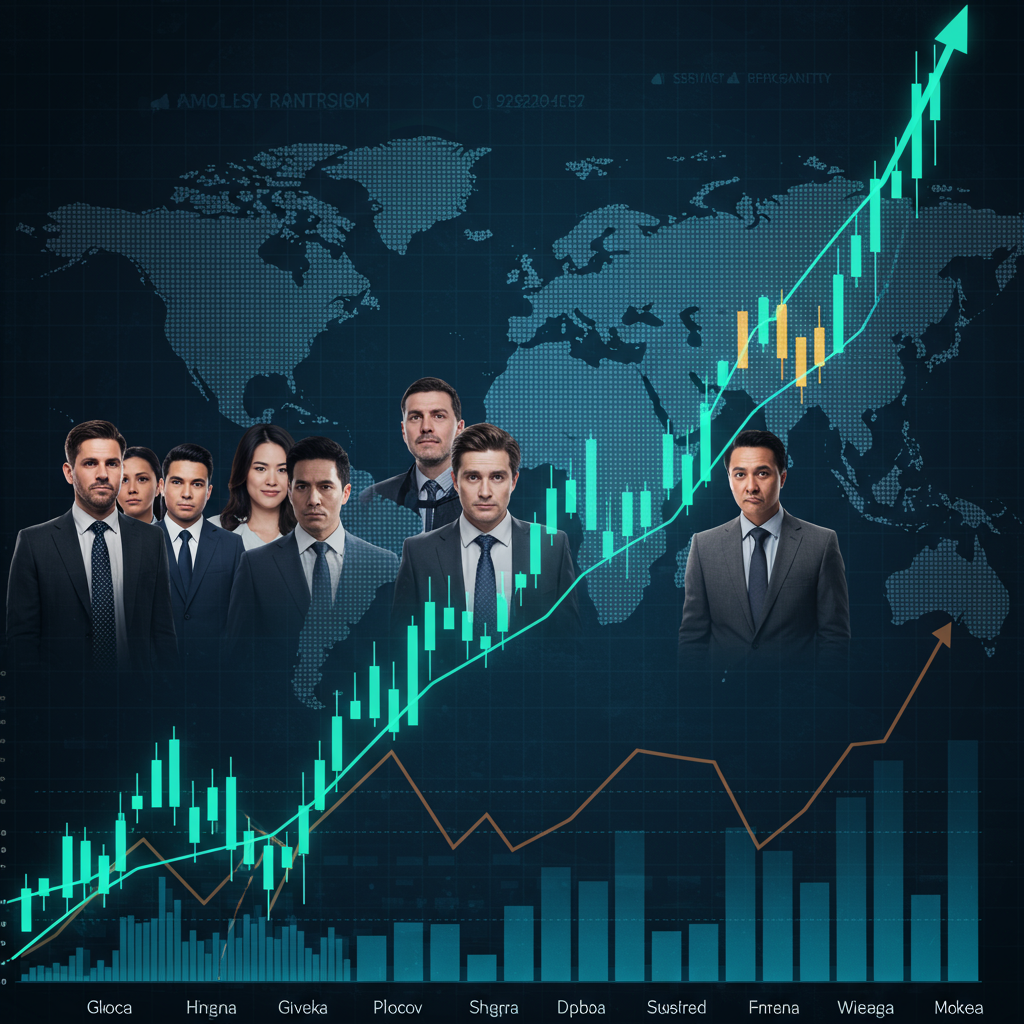Tesla’s highly anticipated robotaxi service has hit an immediate roadblock. Just one day after launching limited operations in Austin, Texas, the automaker confirmed it has been contacted by federal safety regulators. This swift regulatory attention was triggered by a proliferation of online videos appearing to show the Tesla robotaxis exhibiting concerning driving behaviors and potentially violating traffic laws on city streets.
The U.S. National Highway Traffic Safety Administration (NHTSA) reached out to Tesla shortly after the Sunday, June 22nd launch began. The agency acknowledged awareness of the online videos, which reportedly depict incidents in South Austin, the specific area where Tesla is providing paid rides to a select group of invited customers.
NHTSA’s Role and Response
In a statement, NHTSA confirmed its contact with Tesla, stating it is gathering additional information regarding the reported incidents. The agency underscored its standard regulatory approach: NHTSA does not pre-approve new vehicle technologies or systems. Instead, manufacturers are responsible for certifying that their vehicles meet rigorous safety standards. NHTSA’s role involves investigating potential safety defects after systems are deployed and taking necessary actions based on data and its risk-based investigative process to ensure road safety, in accordance with the Vehicle Safety Act.
This recent inquiry is notable as it follows existing regulatory scrutiny. NHTSA had already opened an investigation into Tesla’s “Full Self-Driving (Supervised)” software in October 2024, partly focused on performance in low-visibility conditions, following reports of crashes. As part of that ongoing probe, NHTSA had previously sent Tesla detailed questions in May 2025 specifically concerning the company’s plans for validating the safety of its upcoming robotaxi service for public use. The employee testing announced by Tesla in April 2025 also drew regulatory focus. The current contact stemming from public videos adds another layer to this existing oversight.
The Technology and the Test
The limited Austin launch represents Tesla’s first real-world public test of its autonomous vehicle technology in a commercial ride-hailing context. Unlike the FSD Supervised software sold to vehicle owners, which is considered an advanced driver-assistance system requiring active human supervision (hands on the wheel), the robotaxis are reportedly equipped with an unsupervised version of FSD software. Specific details about this unsupervised iteration remain undisclosed by Tesla.
Customers in the test program can hail the vehicles via an app, with the intent for them to drive autonomously. However, during this initial phase, a human “safety monitor” is notably present in the front passenger seat of each vehicle. Only Tesla Model Y SUVs are reportedly being used for the service, with approximately a dozen vehicles deployed initially.
Videos Raise Safety Questions
The videos circulating online appear to be the primary catalyst for NHTSA’s immediate post-launch inquiry. Reports and footage from observers in Austin, including author Ed Niedermeyer, show instances such as:
Robotaxis potentially driving over the speed limit.
A vehicle swerving into the wrong lane.
- Sudden, seemingly unexplained braking episodes, including instances occurring as the robotaxis approached stationary police vehicles located in parking lot driveways.
- techcrunch.com
- finance.yahoo.com
- www.tipranks.com
- techcrunch.com
- techcrunch.com
While Tesla has reportedly stated it is implementing measures to mitigate potential risks, such as avoiding poor weather or complex intersections, the performance shown in some early videos has quickly attracted regulator attention.
Broader Context
The debut and subsequent regulatory contact occur as Tesla continues to navigate the complex landscape of autonomous vehicle deployment, facing competition from companies like Waymo which already operate in several cities. Tesla has also been actively pursuing branding for its service, recently filing new trademark applications for “Tesla Robotaxi” after earlier attempts faced issues with the U.S. Patent and Trademark Office, signaling their commitment to the concept despite legal and technical hurdles.
Although the robotaxi launch briefly boosted Tesla’s stock, the immediate scrutiny from safety regulators highlights the significant challenges and intense oversight facing the rollout of unsupervised autonomous driving technology on public roads. Tesla has reportedly requested that its detailed responses to NHTSA’s inquiries remain confidential.




